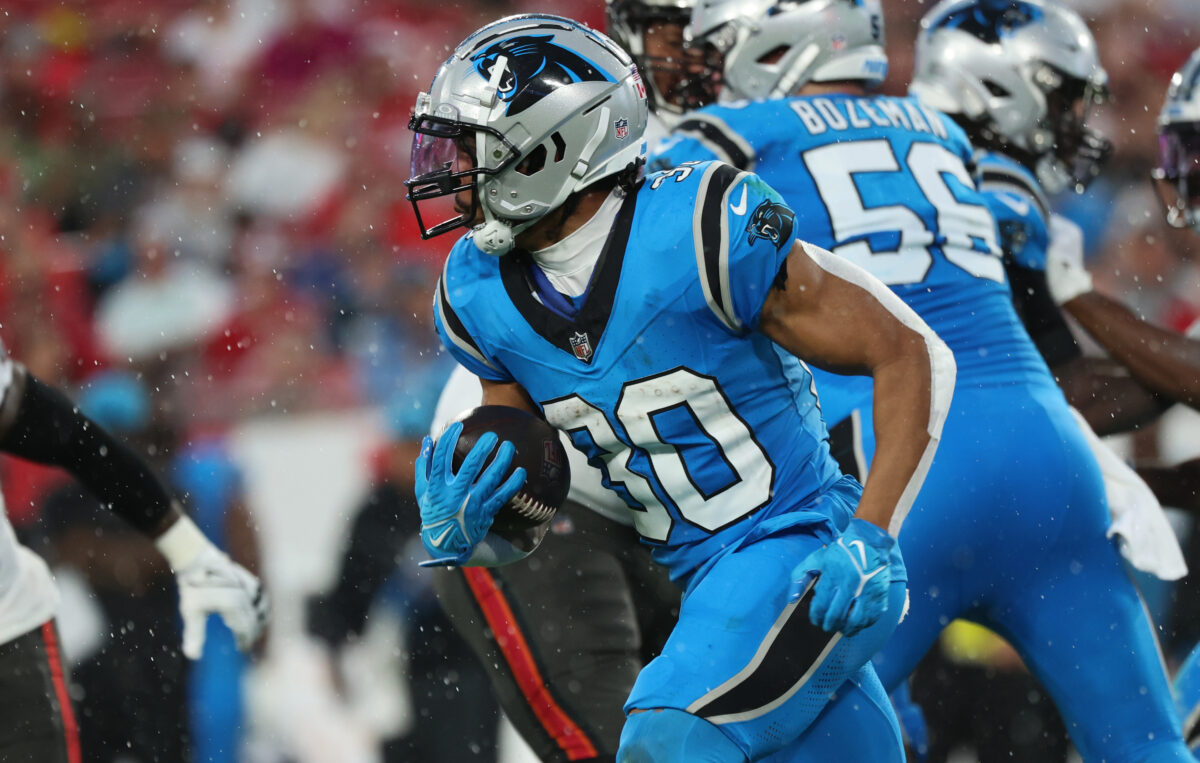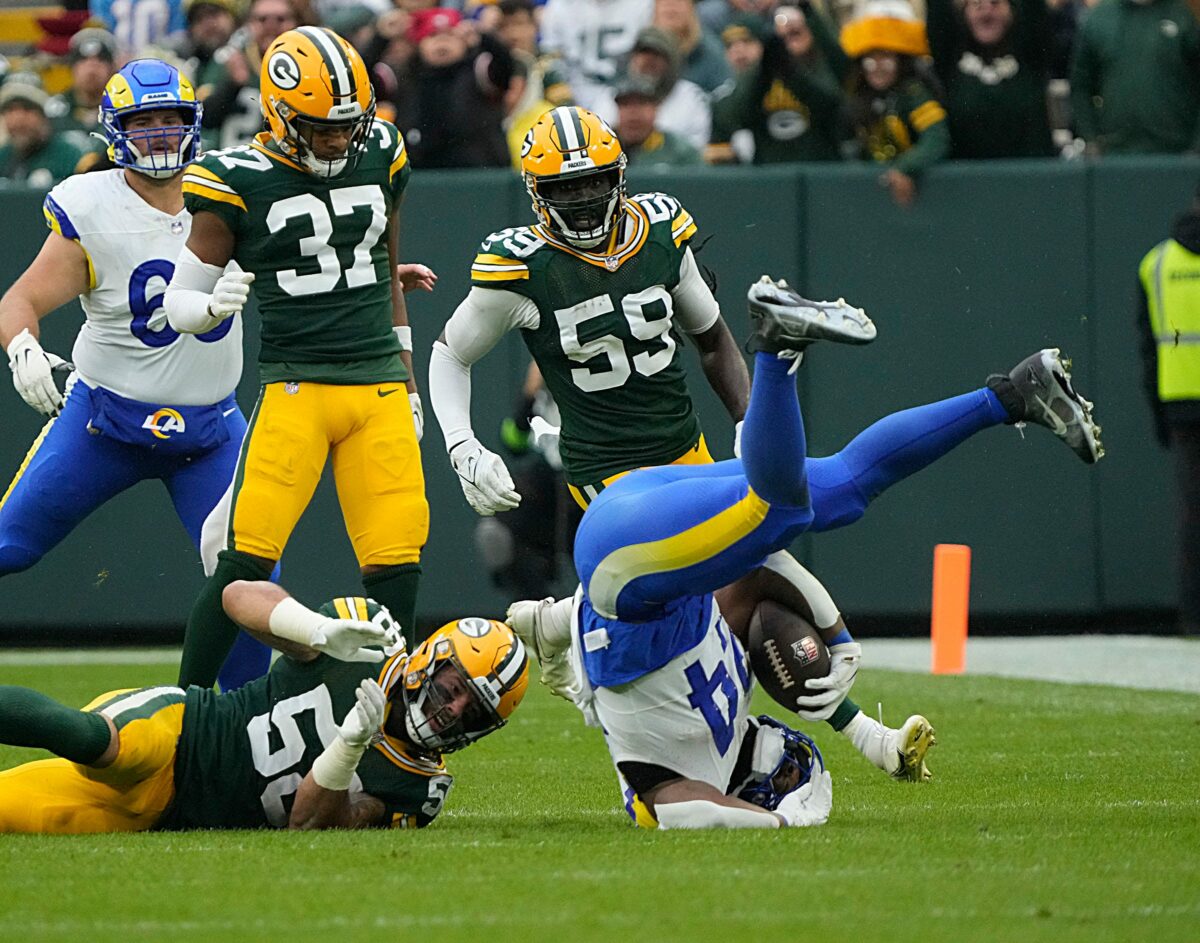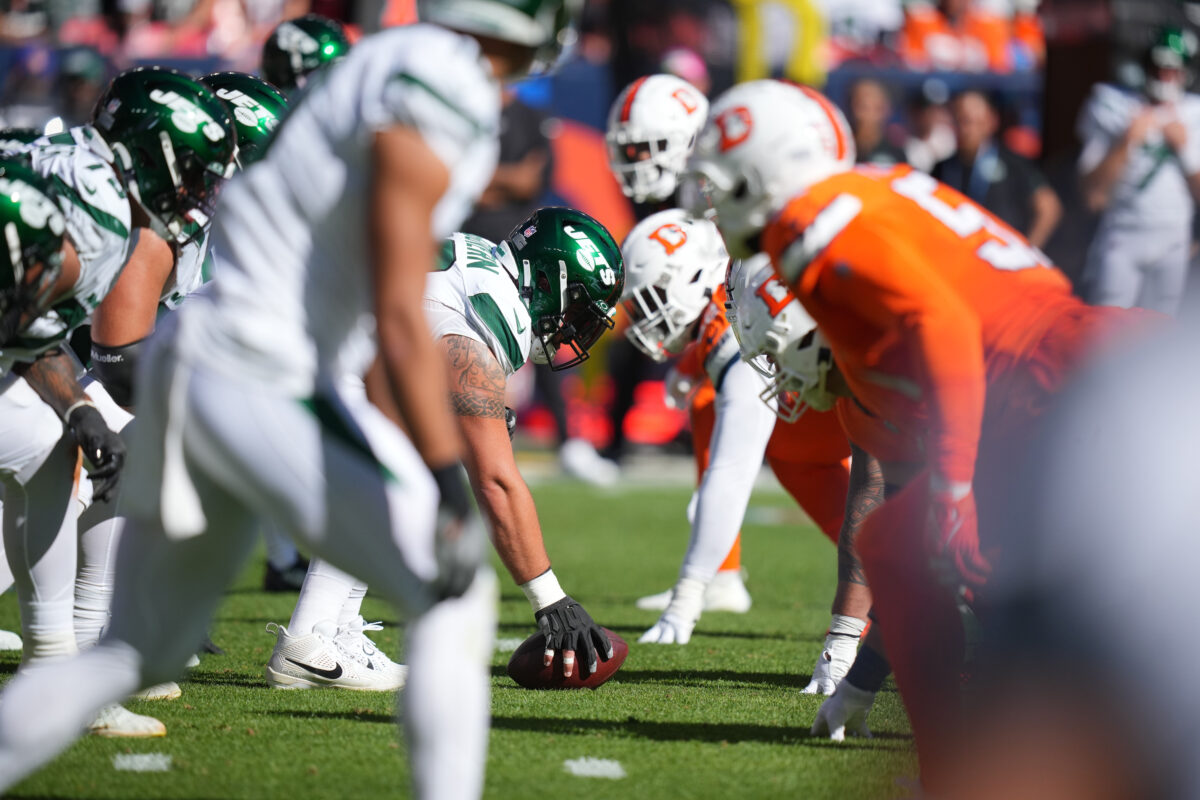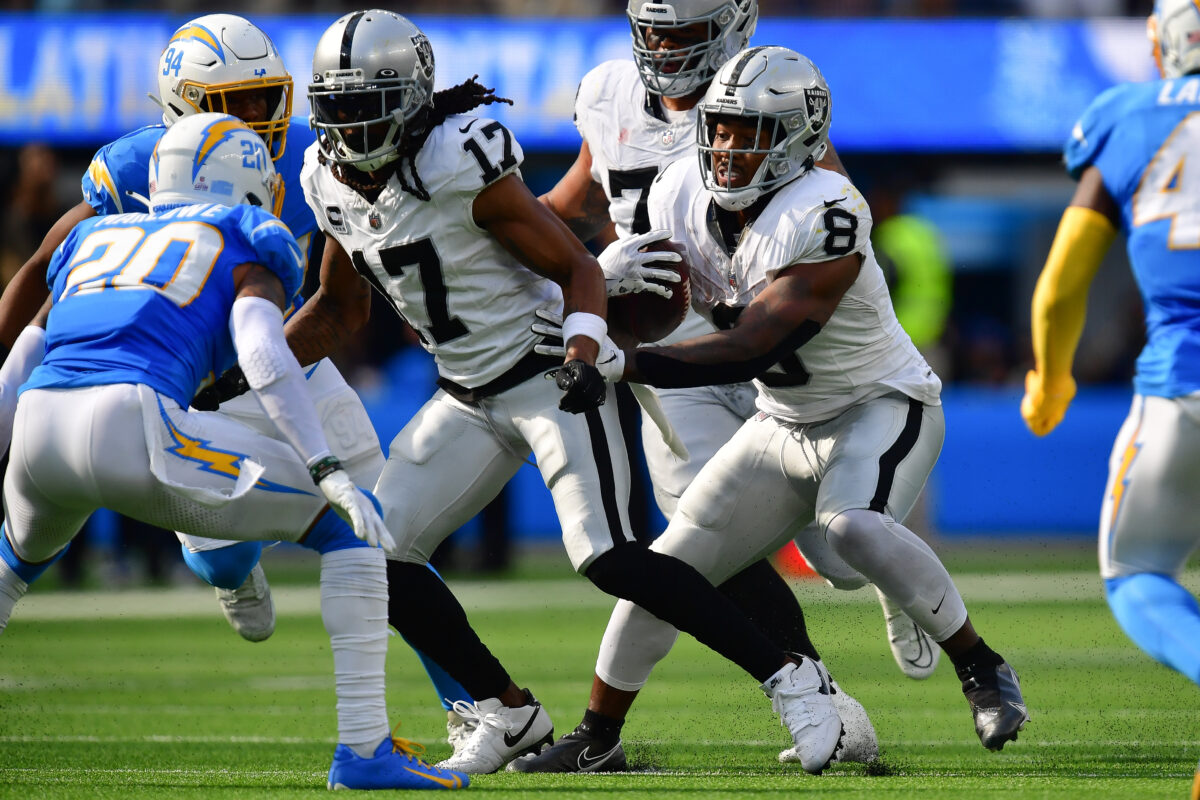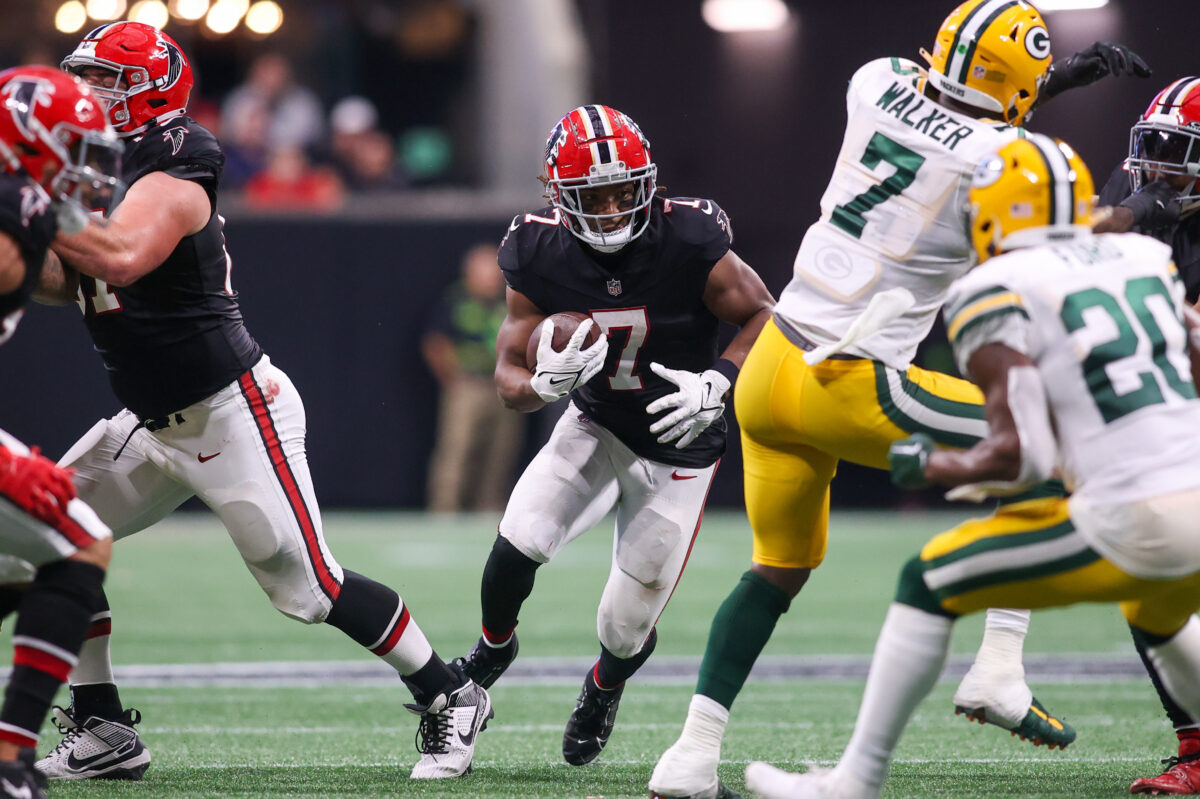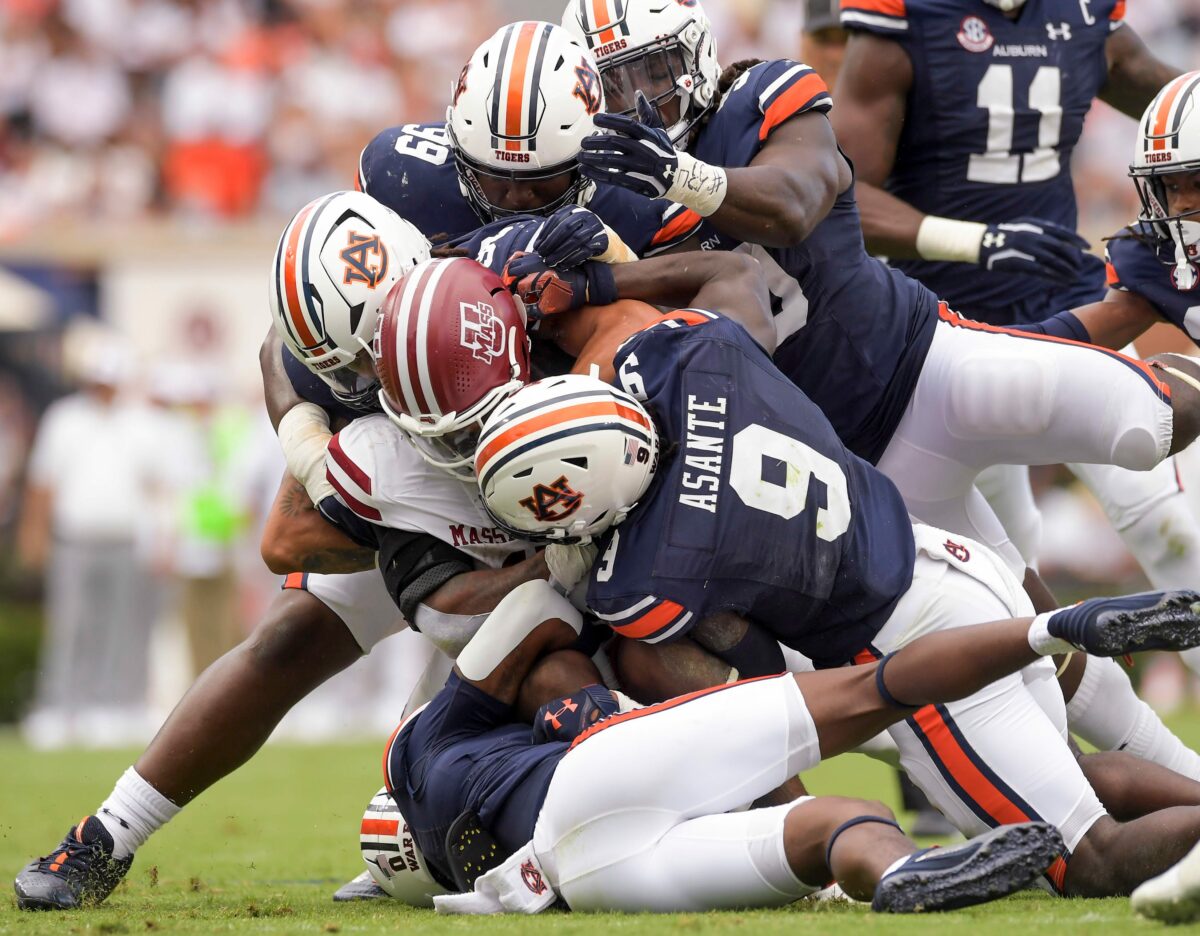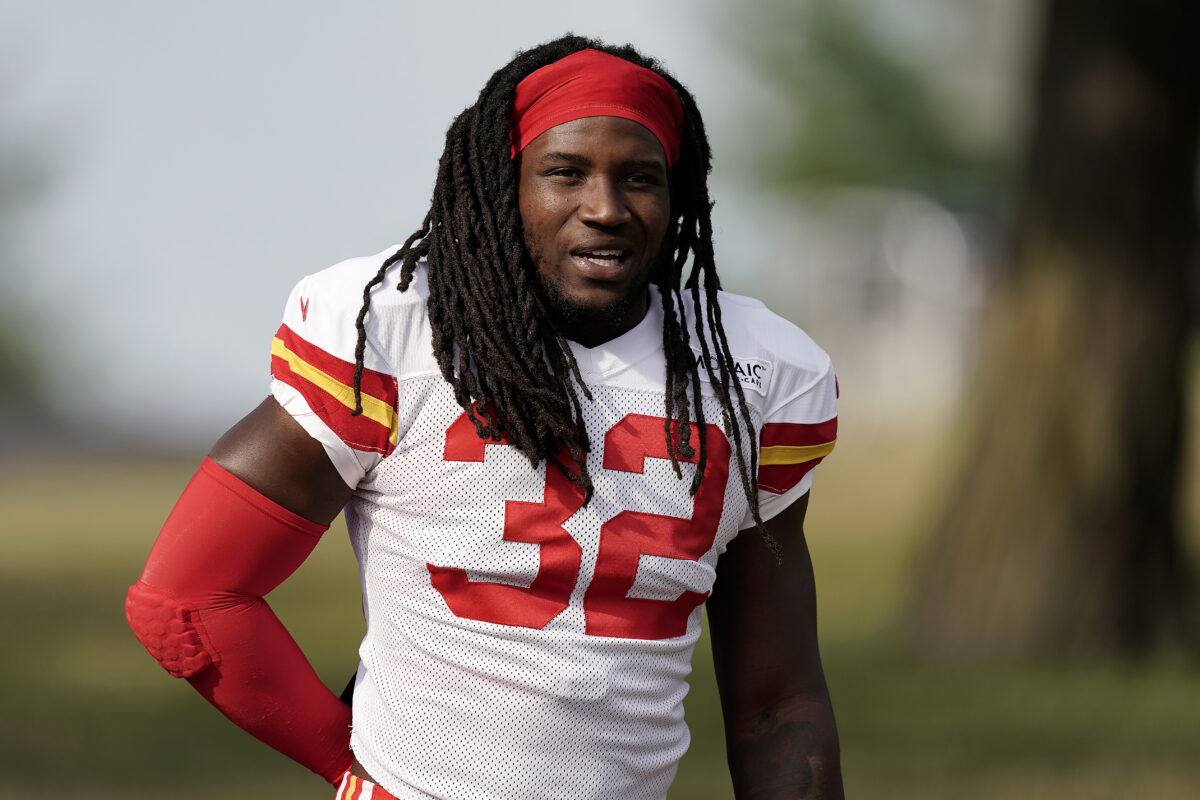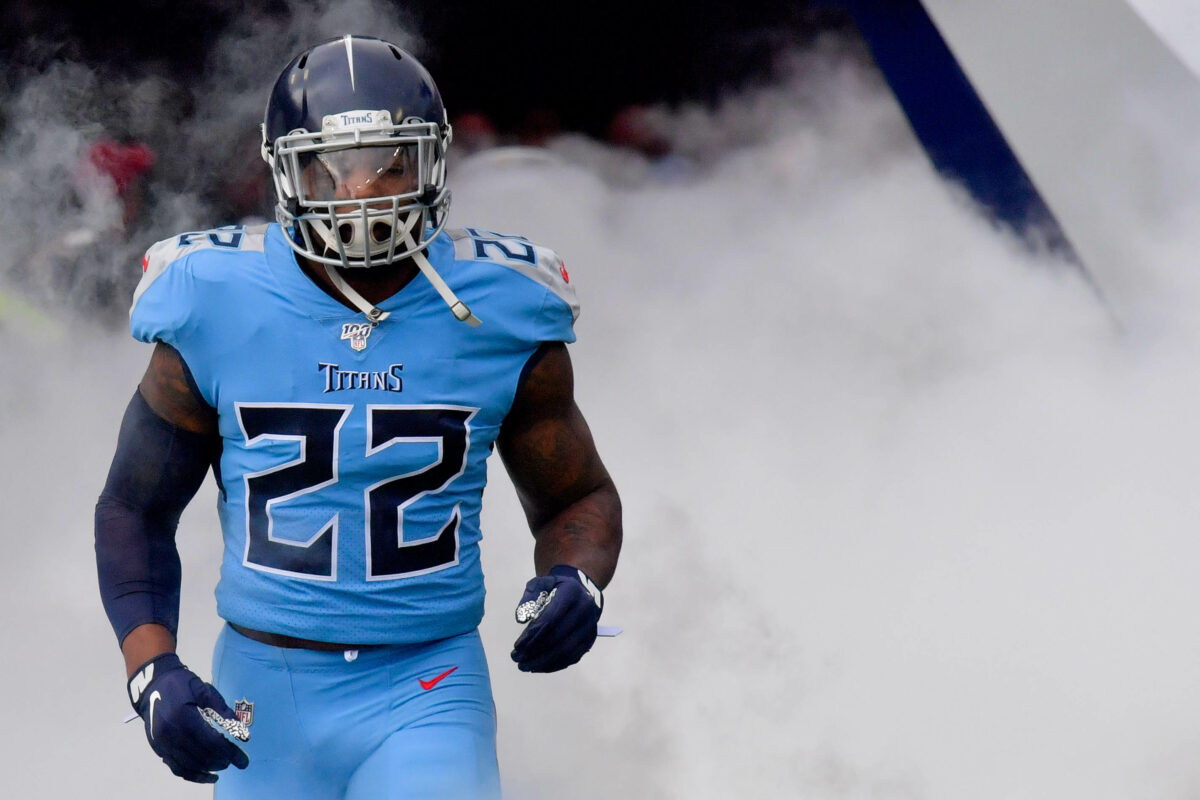The Auburn Tigers run defense struggled in week one. This week they go up against a Cal team that had 357 rushing yards a week ago.
The Auburn Tigers are coming off a great 59-14 win over UMass in their home opener last Saturday. The offense was efficient, the special teams nearly broke multiple returns, and the defense was solid enough.
That defense relied heavily on their talent and size against the UMass Minutemen. While that worked against an inferior team, Auburn’s defense, specifically the linebackers, is going to have to play more fundamentally sound football if they hope to move to 2-0 after the dust settles on Saturday.
That means the quintet of [autotag]Cam Riley[/autotag], [autotag]Jack Levant[/autotag], [autotag]Robert Woodyard Jr.[/autotag], [autotag]Wesley Steiner[/autotag], and [autotag]Larry Nixon III[/autotag] are going to have to step up against a Cal running attack that just gashed North Texas for 357 yards on the ground.
So what went so wrong for this group in week one and how do they fix it?
It all starts with knowing and staying with your assignments in order to avoid runs like this.
This run by UMass quarterback [autotag]Taisun Phommachanh[/autotag] is one of those plays Auburn defensive coordinator Ron Roberts will want to show to his team once and then burn.
The minutemen run a simple counter. Defensive end #33 [autotag]Mosiah Nasili-Kite[/autotag] gets sucked into the misdirection, creating a need for the filling linebacker, #13 [autotag]Cam Riley[/autotag], to keep outside contain.
Instead of doing that, Riley shoots the c-gap, leaving him in no man’s land next to Nasili-Kite.
That leaves cornerback [autotag]Jaylin Simpson[/autotag] out on an island with Phommachanh, a matchup which the UMass quarterback wins with ease. From there, bad angles by the aforementioned Riley and weakside linebacker, #6 [autotag]Austin Keys[/autotag], allow Phommachanh to rumble for 31 yards.
Being out of position was a common theme for Auburn’s linebackers, even on simple play designs.
UMass runs a simple inside concept here, with the offensive line blocking straight up before the left guard comes off his double to the second level.
Again, [autotag]Cam Riley[/autotag] shoots the wrong gap, taking himself out of the play almost immediately.
Austin Keys is late to recognize the run, allowing UMass guard Marcellus Anderson to serve him up a fresh pancake. After Keys goes to the ground, Auburn is left with nobody on the outside, allowing running back [autotag]Kay’Ron Lynch-Adams[/autotag] to pick up a long gain.
Key’s and Riley weren’t the only Auburn linebackers that struggled in the opener.
The Tigers lose contain again on this run play, as [autotag]Elijah McAllister[/autotag] cheats too far inside, allowing [autotag]Kay’Ron Lynch-Adams[/autotag] to bounce his run outside for another large gain.
Again, the job of containment is passed on to a member of the secondary. Although cornerback [autotag]D.J James[/autotag] is a good tackler for his position and makes a nice read, he takes a bad angle and Lynch-Adams has an easy first down.
Bad reads, blown assignments, and missed tackles simply cannot happen often against a good Cal rushing attack. Auburn can’t rely on it’s speed to make up mistakes, as Cal running back [autotag]Jaydn Ott[/autotag] may be the best player on the field on Saturday.
The key for Auburn to win this game is simple.
The run defense just has to be decent enough to hold Cal to one or two big plays. If Jaydn Ott has green grass in front of him, he’s going to back up his trash talk and make the Tigers pay.
Saturday’s game should be a ton of fun, and it kicks off at 9:30 p.m. CT on ESPN.
[lawrence-auto-related count=3 category=1364]
Contact/Follow us @TheAuburnWire on X (Twitter), and like our page on Facebook to follow ongoing coverage of Auburn news, notes, and opinion. You can also follow Brian on Twitter @TheRealBHauch
